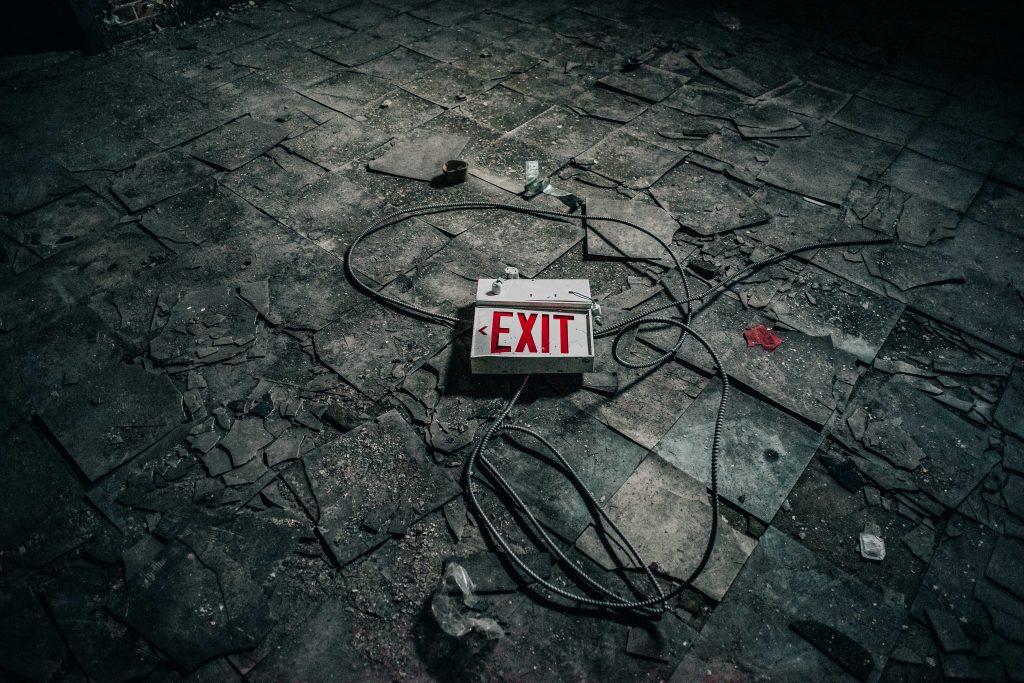Surely, they won’t blow the deal up over THAT?

A refrain familiar to any working Realtor. Be it a frozen shut-off valve under the kitchen sink, a double-tapped breaker in the main electrical panel, a wobbly ceiling fan or a stubborn sliding glass door, there is a minor nit or five in most every list of buyer repair requests that follows a home inspection. A seller’s response to a list comprised of such nuisance items typically goes one of two ways.
1. The seller exhales deeply, thanking his lucky stars that the inspection gauntlet has been navigated with minimal carnage. The roof passed without mention and the balky A/C somehow managed to attain the proper temperature split, so he doesn’t look the gift report in the mouth. He signs off on the couple hundred dollars worth of repairs before the buyer changes his mind, thus closing the window for withdrawal from the transaction based upon physical defects with the property.
2. The seller goes ballistic. Enraged by the unmitigated gall of the buyer to bust his stones with inconsequential repairs on a multi-hundred thousand dollar transaction, he agrees to correct every item on the repair list EXCEPT the loose toilet tank.
This isn’t a brand &$%#ing new house, he rages. Besides, is the buyer really going to walk over something his worthless a$$ can fix with thirty seconds and a wrench?
The pragmatic seller opts for door number one. He signs off on the repair agreement, thus slamming shut the buyer’s dual-pane inspection window. At this point, unless the buyer’s loan falls apart, the appraisal goes awry or the buyer breaches the agreement (thus forfeiting his earnest money), the sale is going through.
The saucy seller kicks in door number two. Of the ten requested repairs, he agrees to nine, omitting only the most trivial bit of ridiculousness that pisses him off on general principle. He knows the buyer isn’t going to walk over a creaky door hinge, and his written response indicates as much.
What the seller may not be aware of, however, is that by denying any of the buyer’s repair requests, he has essentially prolonged the buyer’s “free look” period by another five days.
What? How did that happen?
Yep, it’s true. Stated right in the original contract (assuming the boiler plate language of the standard AAR purchase agreement was unaltered during the course of the negotiation), the buyer has ten days from the date that the contract is fully executed by all parties to perform any/all inspections. Before the 10th day elapses, notice of any defects that the buyer wishes the seller to correct must be provided. The seller then has five days to respond (no response indicates seller’s refusal to make repairs). If the seller agrees to repairs, the inspection period is over and a major walk-away contingency for the buyer is removed. If the seller does not agree to ALL repairs, the buyer has five more days from the receipt of the seller’s written response to decide whether or not to proceed with the transaction.

That’s right, ANY repair. No matter how trivial.
And while the buyer is unlikely to torpedo the transaction over a leaky sprinkler head per se, it does provide additional time and impetus to rethink the entire endeavor, for buyer’s remorse to take up occupancy in a fickle mind … for a superior property to enter the market and attract the attention of the buyer, YOUR BUYER, while he still has a transactional out.
Time kills deals. You don’t want to cede any more of it than absolutely necessary. What starts as a dispute over a teeny, tiny physical property deficiency can morph into a referendum on the purchase itself.
Is this really where I want to live?
Can I really afford home ownership?
Maybe a townhouse would provide less ongoing maintenance?
Big ticket items always need to be reviewed carefully, but don’t sweat the small stuff. I urge you, as a seller, to think twice before rejecting repairs that cost you little more than aggravation.
It might end up costing you a whole lot more.






